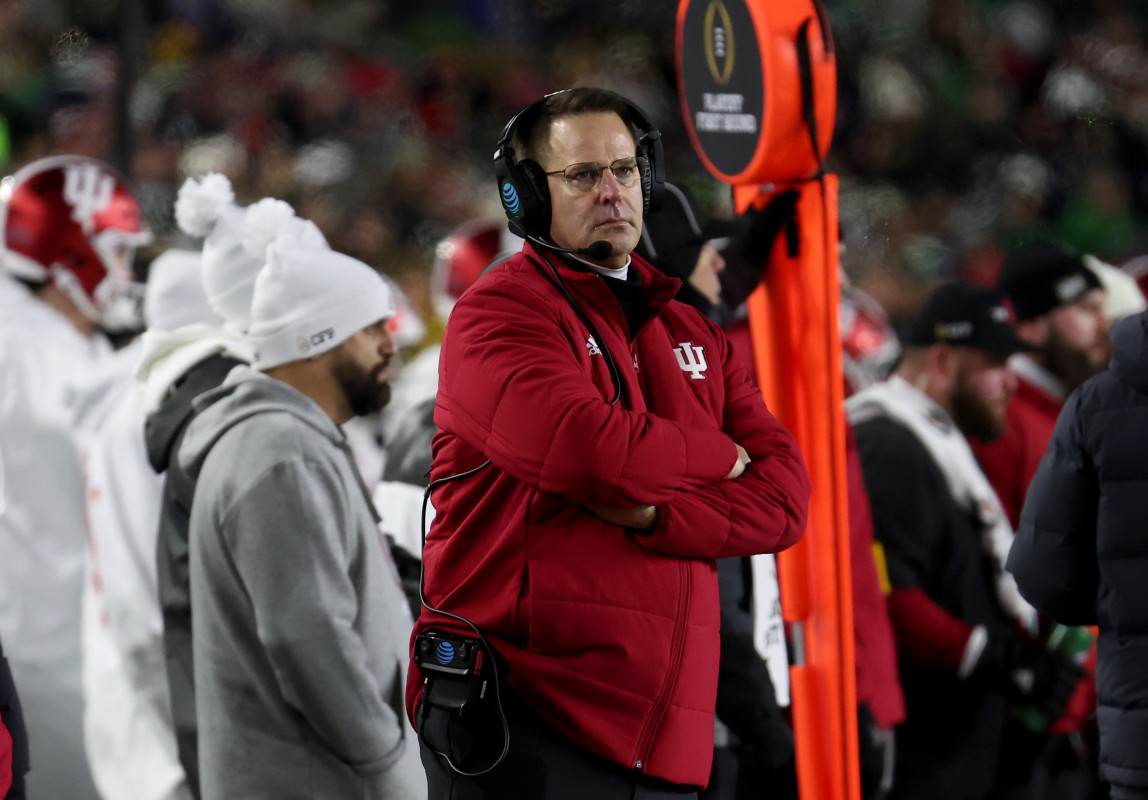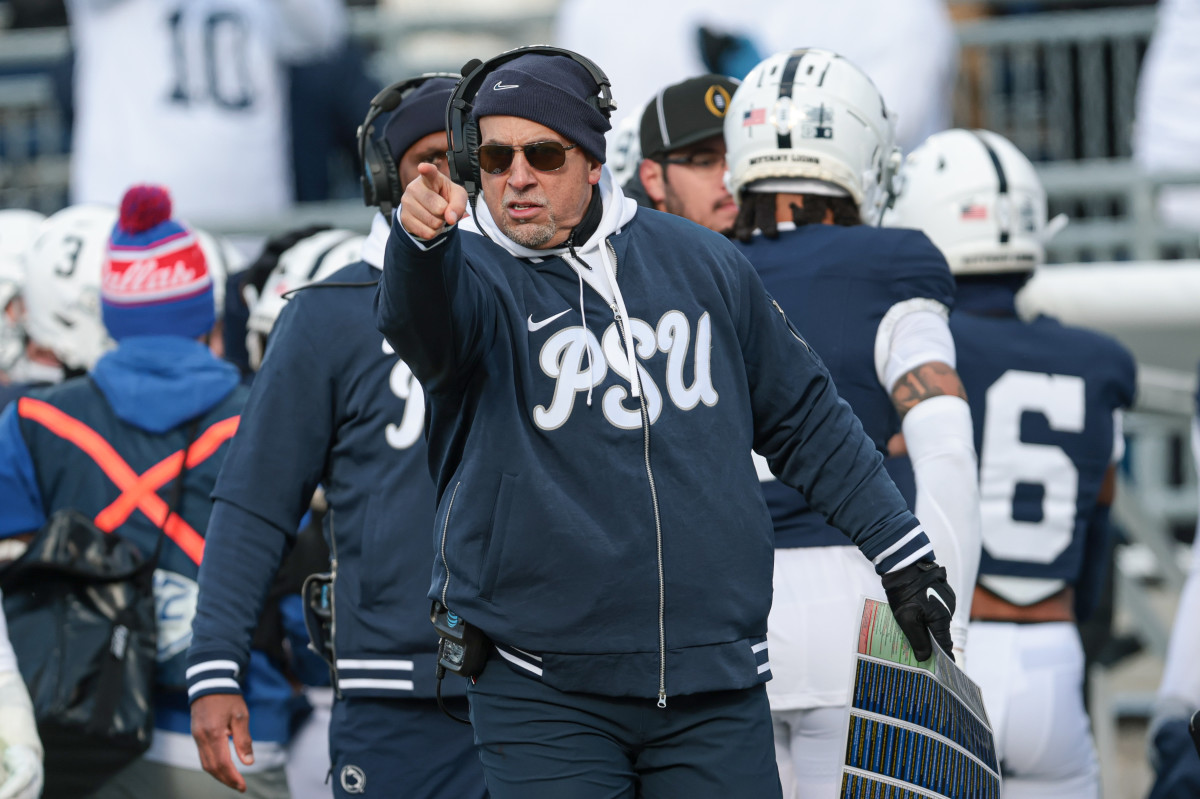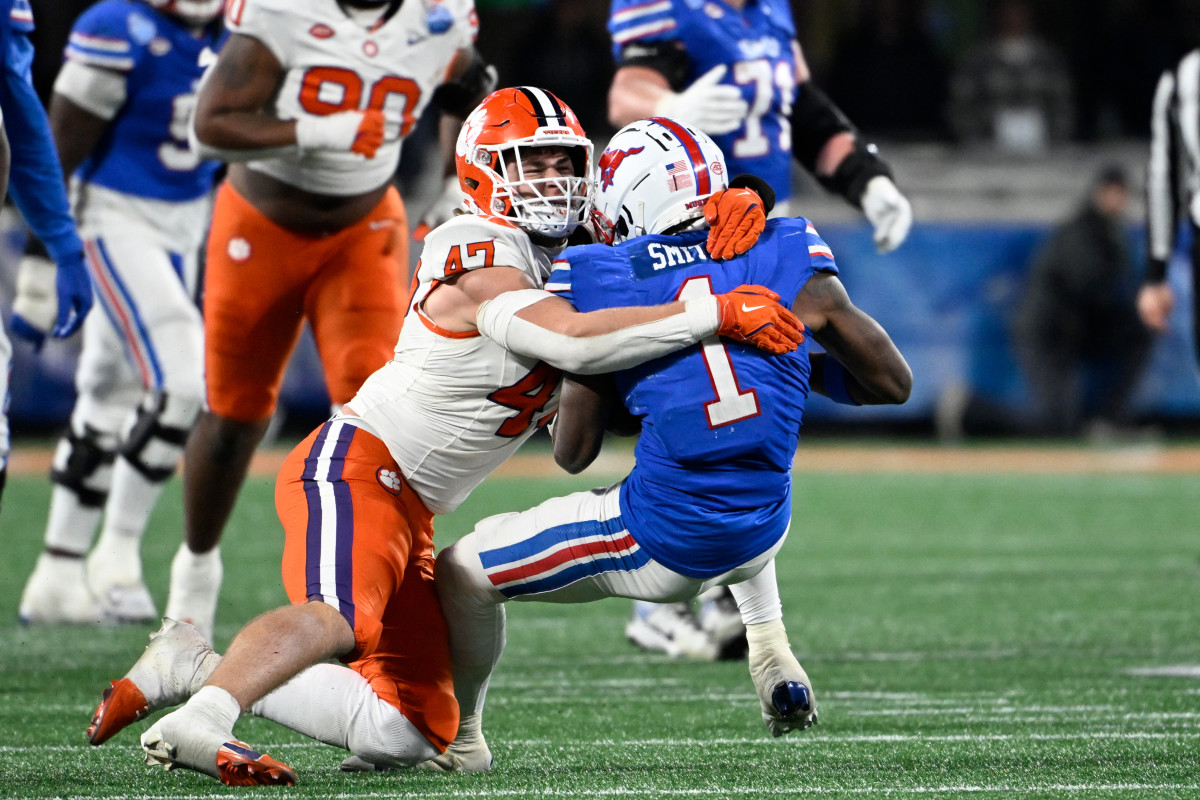
By Brett Daniels
When the College Football Playoff announced that the field would expand from 4 to 12 teams for the 2024 and 2025 seasons, many questioned whether there would be 12 teams that were worthy of playing for the National Championship. “Super Conferences” of 14 to 18 teams further complicated the process by creating scheduling inequities that produced teams with questionable resumes and first-round games that were non-competitive. That isn’t a winning formula to grow the sport or attract new eyeballs to your product. Tweaks need to be made to the system or College Football risks going down the NASCAR path of a hugely popular regional sport gaining popularity and then flaming out on the national level. What needs to be done to fix the Playoff system?
Uniform Scheduling
The SEC expanded from 10 to 12 teams in 1992 and split into two divisions. A scheduling model was adopted that saw each team play everyone in their division (five games), one permanent opponent from the other division, and two rotating opponents from the other division that would cycle home and away every two years. This model ensured that each team would visit every other team in the conference at least once in a four-year period while also providing for a more uniform schedule across the conference. The two division winners would meet in the conference championship game. In most cases this also provided for the two best teams in the conference to either meet as divisional opponents or in the conference championship game.
In contrast, the 2024 conference schedule saw Texas play six of the bottom eight teams in the conference while Georgia would face five of the top eight teams - with three of those games on the road.
The Big 10 had a similar scheduling model which used a nine-game conference schedule to ensure that each school rotated through the rest of the conference at least once in a four-year period. With the addition of the West Coast contingent and the conference expanding to 18 teams with no divisions, Indiana played seven of the bottom eight teams in the conference and only faced one ranked opponent the entire season.
To prevent this from happening in the future, conferences need to go back to division play or adopt a pod scheduling format. In a 16 team league each four-team pod would play everyone in their pod (three games), have one permanent opponent from the other 3 pods to preserve historical rivalries (three games) and then each pod would rotate home and away with the other three pods every two years (two games). This eight-game model would provide for a more equal schedule across the conference as well as allowing for non-conference games against other teams. An additional provision that requires two Power 4 opponents in the non-conference schedule would also prevent teams from loading up on cupcakes prior to league play beginning.

Conference Championship Games
The SEC produced the first Conference Championship Game in 1992 after adding South Carolina and Arkansas to the league and splitting into two divisions. Other conferences noticed how much publicity and money this produced for the conference and quickly followed suit. During the BCS and four-team playoff era, these games served as a de facto play-in game for the championship format.
In the current 12-team format the conference championship games don’t necessarily fit into the overall structure. Teams that play the extra game risk losing a bye or home playoff game with a loss while other teams that don’t play that weekend, but are being considered for playoff spots, benefit from staying home.
Both things can’t be true under this format, so the conference championship games will either need to be integrated into the existing structure or eliminated completely.

A Less Subjective Way of Picking Teams
The FBS of college football has 134 teams as of the 2024 season. There is no way short of a season long playoff/tournament to truly “settle it on the field”. A layer of subjectivity is inevitable, but efforts must be made to mitigate that as much as possible. Doing away with the human committee is the first step. There should be some sort of human oversight to the process, but no group of humans with their inherent biases and agendas should be choosing the field. The BCS formula of human polls and computer power rankings along with AI will produce the most objective rankings.

Restructure the Playoff Format
With the 12-team format only guaranteed for the 2024 and 2025 seasons, the discussion for further expansion to 14 or 16 teams has already begun. While this may be best for the networks who air the games in the short term and the conferences who want more slots for their teams (playoff slots = money), an expanded playoff is not good for the long-term health of the sport. Continuing the trend of first-round blowouts in the future will do nothing but turn hardcore fans off and the casual fans will lose interest.
Ideally a six- or eight-team format would be best and produce compelling matchups while still preserving the importance of the regular season. The odds of the playoff contracting are virtually zero. so in the context of the current system the way teams earn a bye and the way the field is seeded needs to be changed.
Boise State as the Mountain West conference champion and Arizona State as the Big 12 champion both have earned their right to be in the field. Neither of these teams, however, deserved a first-round bye and by seeding these teams #3 and #4 it has created a massive imbalance in the playoff bracket. Oregon as the top seed in the tournament should have the “easiest” path to the final, but instead will face Ohio State in the Rose Bowl while Texas will get a much easier opponent in Arizona State. In the bottom of the bracket, Penn State is the beneficiary of essentially a double bye to the semifinals beating up on SMU in Happy Valley on Saturday and getting to face Boise State in the Fiesta Bowl. The Nittany Lions will have to beat Notre Dame or Georgia to make it to Atlanta for the National Championship game.

If the field was seeded 1-12 by rank and regardless of conference affiliation, Oregon, Georgia, Texas, and Penn State would have received the byes and produced first-round games of Notre Dame/Clemson, Ohio State/Arizona State, Tennessee/SMU, and Indiana/Boise State. Notre Dame and Ohio State would have most likely still won easily, and Tennessee probably would have beaten SMU. Indiana and Boise State would have been the best match up of the first round and for our purposes we will assume Boise State wins.
The second round would see Oregon vs Boise State, Georgia vs Tennessee, Texas vs Ohio State, and Penn State vs Notre Dame. Two rematches of regular season games and two matchups of historical powers. Assuming the regular season match ups repeat themselves, Oregon and Georgia would advance. The Ohio State team that showed up on Saturday night beats Texas and Notre Dame does enough defensively to beat Penn State which would set up semifinals of Oregon/Notre Dame and Georgia/Ohio State. Any of these four teams could win out and take home the National Championship trophy.
The point of this exercise was to demonstrate how much more compelling the playoff could be using this year’s field. As it stands, Texas and Penn State should cruise into the semifinals while Georgia/Notre Dame and Oregon/Ohio State will be absolute knockdown, drag out fights on the field.
More must-reads:
- Astros start the new year off right by adding Tatsuya Imai
- Athletics might not be done spending, could sign more young players to extensions ahead of Las Vegas move
- The 'Leading receivers vs. each NFL team' quiz
Breaking News
Trending News
Customize Your Newsletter
 +
+
Get the latest news and rumors, customized to your favorite sports and teams. Emailed daily. Always free!








